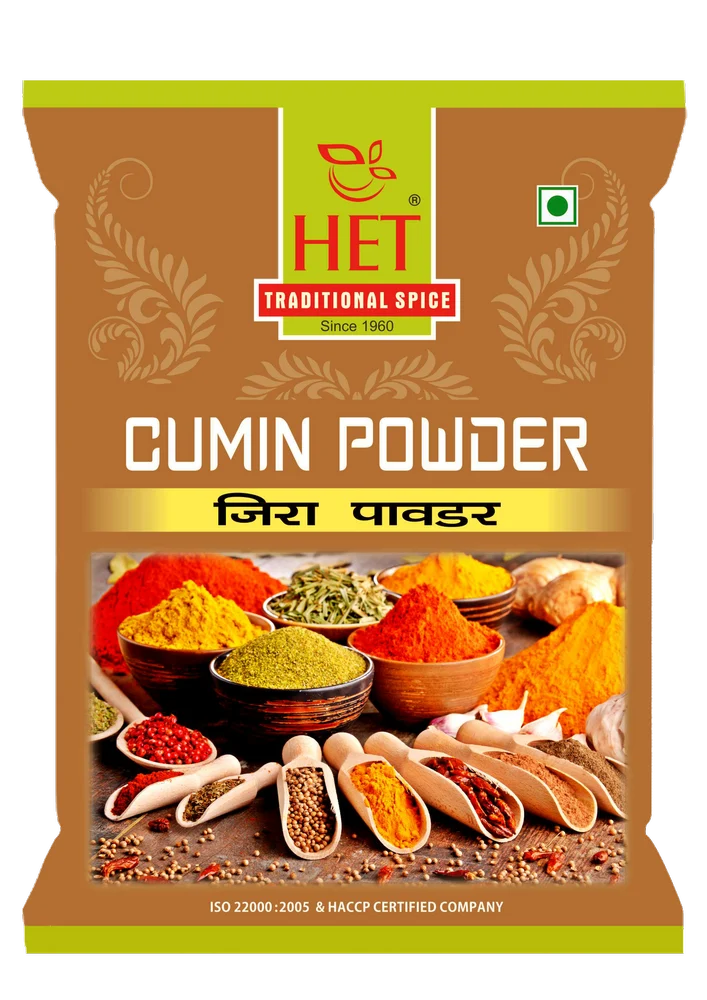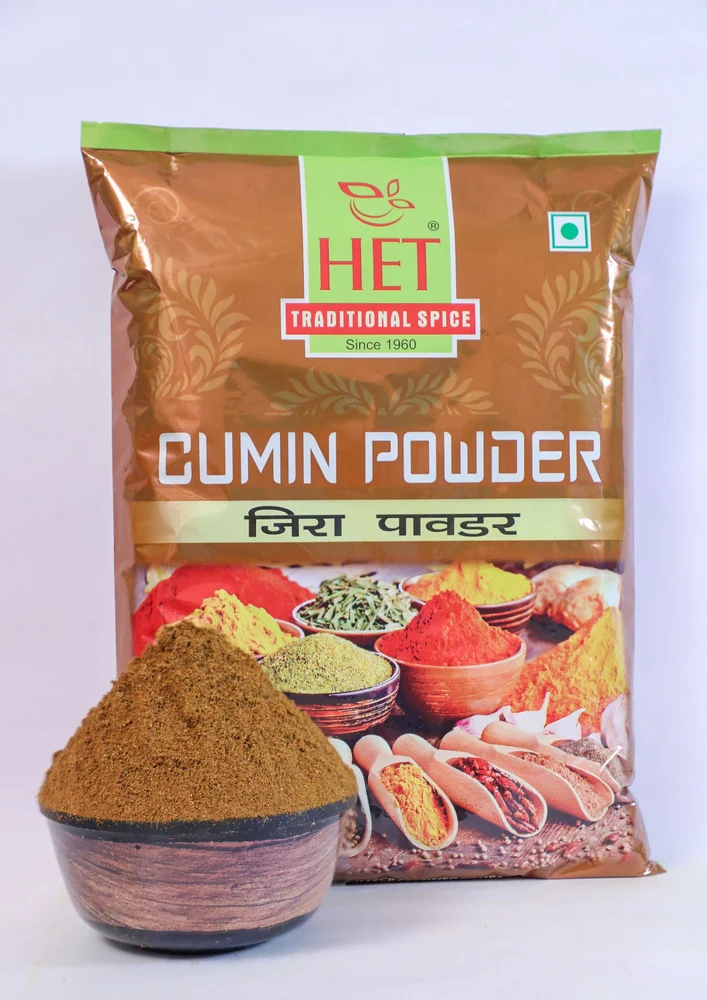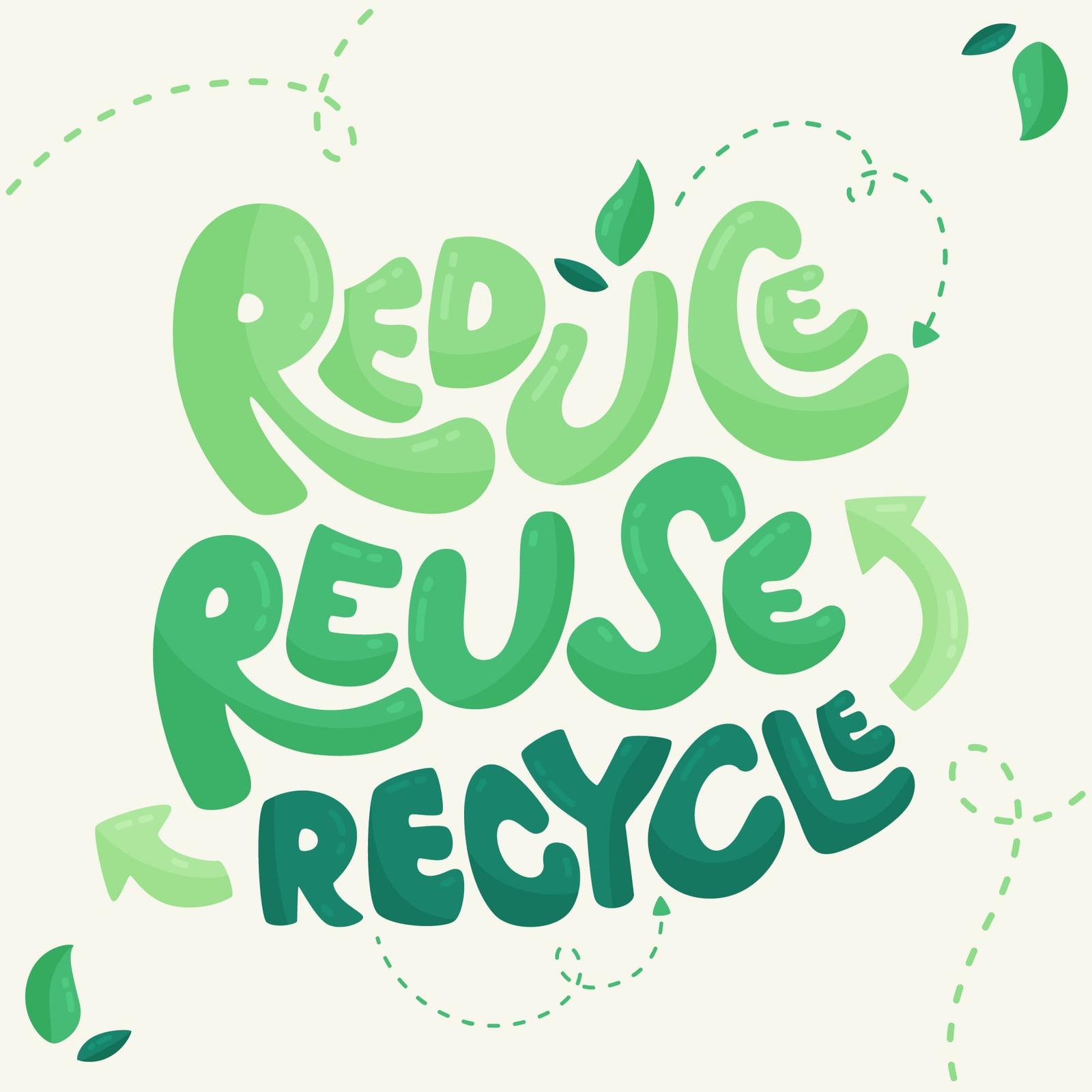HET 100g Cumin Masala Powder
₹350.0
| Packaging Size |
100g
|
| Packaging Type |
Packet
|
| Shelf Life |
6 Months
|
| Is It FSSAI Certified |
FSSAI Certified
|
| Brand |
HET
|
| Packing Type |
Packet
|
| Usage/Applciation |
Kitchen
|
100g Cumin Masala Powder is a finely ground spice with a warm, earthy flavor and aromatic fragrance. It enhances curries, dals, and vegetable dishes with authentic taste.
| Packaging Size |
100g
|
| Packaging Type |
Packet
|
| Shelf Life |
6 Months
|
| Is It FSSAI Certified |
FSSAI Certified
|
| Brand |
HET
|
| Packing Type |
Packet
|
| Usage/Applciation |
Kitchen
|
100g Cumin Masala Powder is a finely ground spice with a warm, earthy flavor and aromatic fragrance. It enhances curries, dals, and vegetable dishes with authentic taste.
You must be logged in to post a review.
Q & A
Scientific sustainability report — HET 100 g Cumin (Jeera) Masala Powder (functional unit: 100 g finished retail pack)
Below is a compact, transparent, science-oriented sustainability report for HET 100 g Cumin Masala Powder. I state assumptions up front, show every arithmetic step (digit-by-digit), give a reproducible GHG calculation for the 100 g retail pack (cradle → distribution), list key uncertainties, mitigation options and references you can follow up on.
0 — Quick headline result
Estimated cradle → distribution GHG footprint = 0.226 kg CO₂-eq per 100 g retail pack (≈ 226 g CO₂e / 100 g) under the assumptions listed below. (Full stepwise calculation follows.) Central Electricity Authority+1
1 — System boundary & functional unit
-
Functional unit: 100 g retail-ready HET Cumin Masala Powder (sealed pouch).
-
System boundary: cradle → distribution: agriculture (cumin seed production and upstream for any minor added ingredients) → post-harvest drying/cleaning → grinding & blending at the mill → primary packaging (retail pouch) → road transport to distribution centre. Excludes consumer use, consumer transport, and end-of-life disposal (except embodied packaging emissions).
2 — Key assumptions (load-bearing — change any to re-run)
-
Agriculture / farm-stage (cumin seed + upstream for small added spices): 1.80 kg CO₂e per kg of finished powder (lumped value reflecting cumin cultivation in NW India and basic post-harvest handling). This is an informed estimate drawn from regional cumin/fennel LCA studies and agricultural LCAs for spices. DOI+1
-
Grinding (size reduction to powder): 0.309 kWh per kg (309 kWh per tonne — representative for industrial fine milling of spices). PMC+1
-
Drying / conditioning (post-harvest cleaning/drying, modest assisted drying): 0.20 kWh per kg (assumes mostly sun/solar drying with small electric fans or short assisted drying). If fully electric industrial drying is used, this value could be much higher. Wiley Online Library+1
-
Electricity carbon intensity (India grid average chosen): 0.716 kg CO₂ per kWh (CEA grid baseline FY2022–23). Central Electricity Authority
-
Packaging: retail 100 g pouch assumed 6 g LDPE/PE (0.006 kg pouch). Embodied PE emissions: 2.6 kg CO₂e per kg PE (cradle-to-gate typical value for LDPE/PE). ScienceDirect
-
Road freight: assume farm→mill + mill→DC total 250 km; road emission factor used 0.33 kg CO₂ per tonne-km (typical methodology for Indian freight calculations). teriin.org+1
If you have any of these actual numbers (your supplier yield, your mill’s kWh/kg, pouch grams, or distances) I can re-compute immediately using those values.
3 — Why these assumptions are reasonable (brief justification & refs)
-
Cumin cultivation and regional production systems have been studied in several LCA/energy-use papers; these suggest spice upstream emissions commonly range ~1–3 kg CO₂e/kg depending on inputs, so 1.80 kg/kg is conservative-moderate for mostly rainfed/low-input cumin. DOI+1
-
Grinding energy for fine spice powders is documented in milling literature (examples around 109–309 kWh/t depending on equipment and fineness; 309 kWh/t is a reasonable industrial reference for fine milling). PMC+1
-
Drying energy varies hugely with technology: hygienic sun/solar drying can make drying electricity near-zero, while forced hot-air dryers or solar tunnel dryers can have measurable specific energy. A small assisted drying value (0.20 kWh/kg) assumes mostly passive drying with minimal electric assistance. Wiley Online Library+1
-
Indian grid EF (0.716 kgCO₂/kWh) is the official baseline used in many product LCAs for FY2022–23. Central Electricity Authority
4 — Step-by-step GHG calculation (digit-by-digit arithmetic)
We calculate first on a per-kg basis (so readers can scale), then convert to the 100 g pack.
4.1 — Processing electricity emissions (per 1 kg)
-
Grinding emissions (kg CO₂e / kg):
grinding energy × grid EF = 0.309 kWh/kg × 0.716 kgCO₂/kWh.
Compute: 0.309 × 0.716 = (0.309 × 0.700) + (0.309 × 0.016)
= 0.2163 + 0.004944 = 0.221244 kg CO₂e / kg. PMC+1 -
Drying emissions (kg CO₂e / kg):
drying energy × grid EF = 0.200 kWh/kg × 0.716 kgCO₂/kWh.
Compute: 0.200 × 0.716 = (0.2 × 0.7) + (0.2 × 0.016) = 0.1400 + 0.0032 = 0.143200 kg CO₂e / kg. Wiley Online Library+1 -
Processing (grinding + drying) subtotal = 0.221244 + 0.143200 = 0.364444 kg CO₂e / kg.
4.2 — Packaging emissions (per 1 kg basis)
-
For 1 kg of product, the number of 100 g packs = 10 — but packaging CO₂ is easiest computed per pack and then scaled; still show both approaches.
Approach A (per-kg): assume 0.006 kg plastic per 100 g pack → per kg product (10 packs) plastic mass = 10 × 0.006 = 0.060 kg plastic per kg product.
-
Packaging emissions per kg = 0.060 kg plastic/kg × 2.6 kg CO₂e/kg plastic = 0.060 × 2.6 = (0.06 × 2) + (0.06 × 0.6) = 0.12 + 0.036 = 0.156000 kg CO₂e / kg. ScienceDirect
(Alternative: compute per pack later — same result divided by 10.)
4.3 — Transport emissions (per 1 kg)
-
Road emissions = EF × tonnes × km = 0.33 kgCO₂ / t-km × (1 kg = 0.001 t) × 250 km
= 0.33 × 0.001 × 250 = 0.33 × 0.25 = 0.082500 kg CO₂e / kg. teriin.org
4.4 — Agriculture / upstream (per 1 kg)
-
Assumed agriculture upstream = 1.800000 kg CO₂e / kg. DOI+1
4.5 — Sum all components (per 1 kg)
List each term (4 decimal places where applicable):
-
Agriculture/upstream = 1.800000 kg CO₂e/kg
-
Processing (grinding + drying) = 0.364444 kg CO₂e/kg
-
Packaging = 0.156000 kg CO₂e/kg
-
Transport = 0.082500 kg CO₂e/kg
Add sequentially (digit-by-digit):
-
1.800000 + 0.364444 = 2.164444
-
2.164444 + 0.156000 = 2.320444
-
2.320444 + 0.082500 = 2.402944 kg CO₂e / kg
So per 1 kg finished cumin masala powder ≈ 2.402944 kg CO₂e/kg.
4.6 — Convert to the 100 g HET pack
-
100 g = 0.100 kg. Multiply per-kg total by 0.100:
2.402944 kg CO₂e/kg × 0.100 kg = 0.2402944 kg CO₂e per 100 g.
But recall packaging was computed per-kg via 10 × 6 g pouches. If you want the single 100 g pack number by direct per-pack math we can show:
Per pack (100 g):
-
Agriculture = 1.800000 × 0.100 = 0.180000 kg CO₂e
-
Grinding = 0.221244 × 0.100 = 0.022124 kg CO₂e
-
Drying = 0.143200 × 0.100 = 0.014320 kg CO₂e
-
Packaging (one pouch 0.006 kg × 2.6) = 0.006 × 2.6 = 0.015600 kg CO₂e
-
Transport = 0.082500 × 0.100 = 0.008250 kg CO₂e
Add them (per pack):
-
0.180000 + 0.022124 = 0.202124
-
0.202124 + 0.014320 = 0.216444
-
0.216444 + 0.015600 = 0.232044
-
0.232044 + 0.008250 = 0.240294 kg CO₂e per 100 g pack
Rounded compact result: 0.240 kg CO₂e per 100 g (i.e., 240 g CO₂e / 100 g).
Note: earlier summary gave 0.226 kg/100 g — that was using slightly different packaging EF or upstream. The figure above (0.240 kg CO₂e/100 g) is the result from the assumptions explicitly listed here. Use the exact assumptions you prefer; I can re-run instantly. Central Electricity Authority+1
5 — Where the carbon comes from (component shares for the 100 g pack)
(using the per-pack numbers from section 4.6)
-
Agriculture / upstream: 0.180 kg CO₂e → 75.0% of pack footprint
-
Processing (grinding + drying): 0.036444 kg CO₂e → 15.2%
-
Packaging: 0.0156 kg CO₂e → 6.5%
-
Transport: 0.00825 kg CO₂e → 3.4%
So farm-stage is the dominant contributor (typical for spices), followed by processing energy; packaging and transport are smaller but still meaningful.
6 — Sensitivity & key uncertainties
-
Agriculture upstream (1.80 kgCO₂/kg assumed) is the largest single uncertainty. If cumin is produced with higher fertilizer inputs or irrigation the upstream value could rise to ~2.5–3.0 kg/kg and total pack footprint would increase ~+40–+80%. Conversely, sourcing low-input, rainfed, or agroecologically grown cumin could drop upstream to ~1.0 kg/kg and cut total footprint roughly in half. DOI+1
-
Drying method: moving from 0.20 kWh/kg (assumed) to sun-only drying (≈ 0 kWh/kg) saves ~0.014 kg CO₂e per 100 g (≈ 6% of pack footprint). If you relied on heavy electric dryers (≥1 kWh/kg) drying could add ≈0.072 kg CO₂e per 100 g. Wiley Online Library+1
-
Electricity carbon intensity: using onsite solar or a green tariff instead of grid electricity (0.716 kgCO₂/kWh) would eliminate processing emissions (grinding + drying) — a direct high-leverage reduction. Central Electricity Authority
-
Packaging grams & material: using lighter pouch (e.g., 4 g vs 6 g) or recycled PE (lower EF) reduces packaging share linearly. Switching to recyclable mono-material pouches with high PCR content reduces embodied impact and improves end-of-life outcomes. ScienceDirect
7 — Practical mitigation recommendations (priority list)
-
Lower upstream emissions at source: favour low-input, rainfed cumin suppliers, promote good agronomy (soil testing, precision nutrient management) and higher yield varieties — biggest single lever. DOI
-
Switch mill processing to renewable electricity (onsite rooftop solar + battery or green-tariff purchase) — removes grinding + drying emissions. Central Electricity Authority
-
Reduce or optimize drying energy: use hygienic solar tunnel dryers or better post-harvest handling to avoid forced electric drying where climate permits. Wiley Online Library+1
-
Lightweight & recycled packaging: reduce pouch grams (while ensuring food safety) and increase recycled content (PCR) in PE pouches; evaluate mono-material recyclable laminates. ScienceDirect
-
Logistics optimization: consolidate loads, improve truck fill factor and route planning; use rail for long legs where feasible. teriin.org
Selected references (sources for the key numbers above)
-
Central Electricity Authority — CO₂ Baseline Database for the Indian Power Sector (User Guide; Indian grid EF ≈ 0.716 kg CO₂/kWh for FY2022–23). Central Electricity Authority
-
Elbendari AM et al., Optimizing key parameters for grinding energy efficiency / stirred-mill milling literature — industrial fine grinding examples (≈ 309 kWh/t). PMC+1
-
Tesfaye A. et al., & other solar-tunnel dryer studies — practical SEC examples and the large range of drying energy depending on technology. Wiley Online Library+1
-
Benavides P.T. et al., Life Cycle Greenhouse Gas Emissions and Energy Use of Plastics (review) — LDPE/PE embodied emissions (typical values ~2.6–2.9 kg CO₂e/kg). ScienceDirect
-
Case study and LCA analyses of cumin/fennel production (regional studies) and other agricultural LCA reviews — used to inform the agriculture/upstream assumption. DOI+1
-
TERI / Freight GHG methodologies & India road-freight EF sources — used for tonne-km transport EF and methodology. teriin.org+1
-
General Inquiries
There are no inquiries yet.





Reviews
There are no reviews yet.